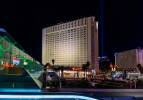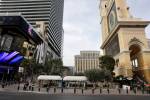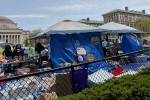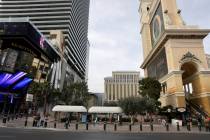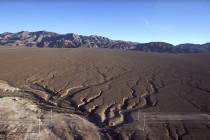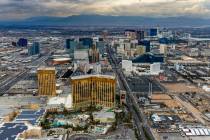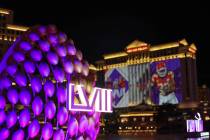CES puts Las Vegas on the map as a place to glimpse the future
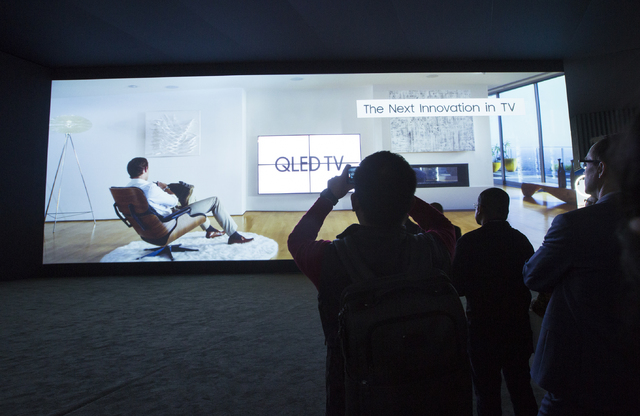
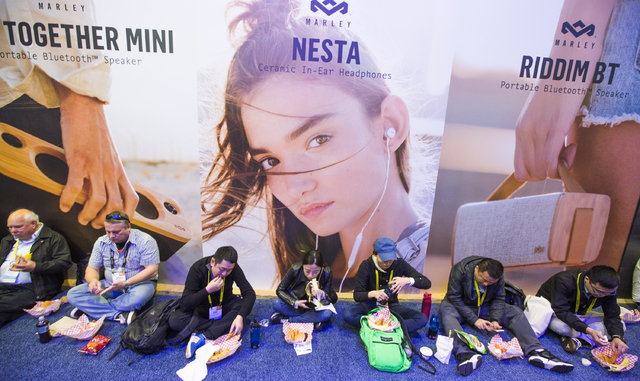
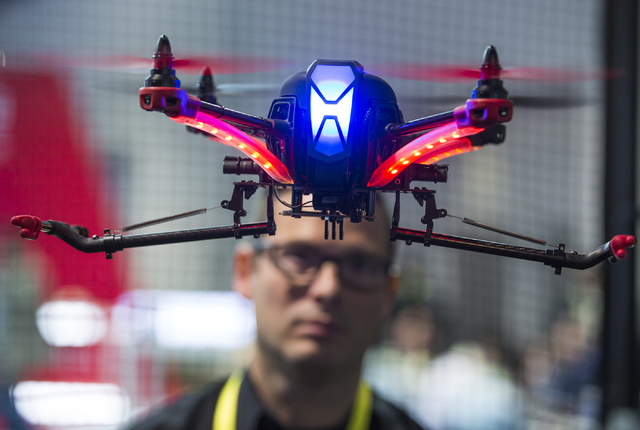

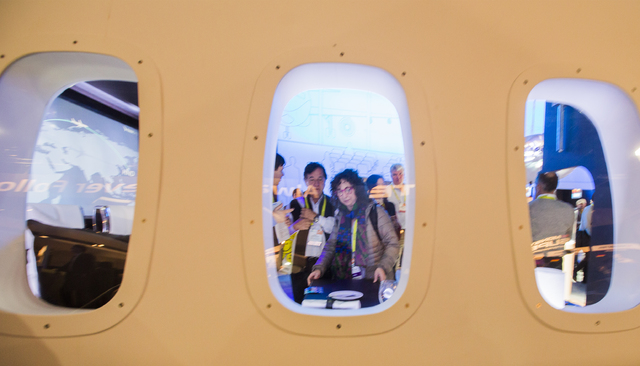


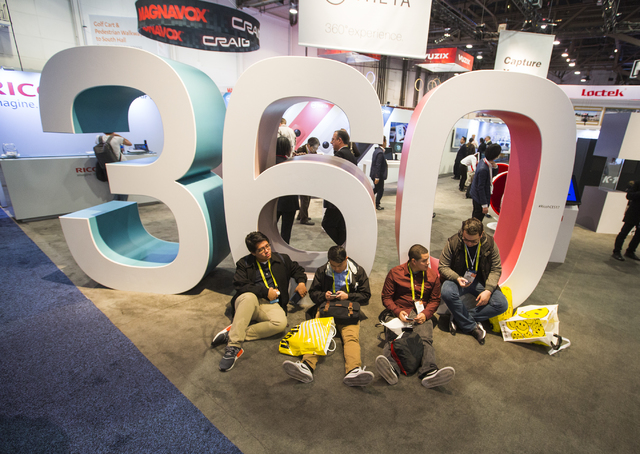


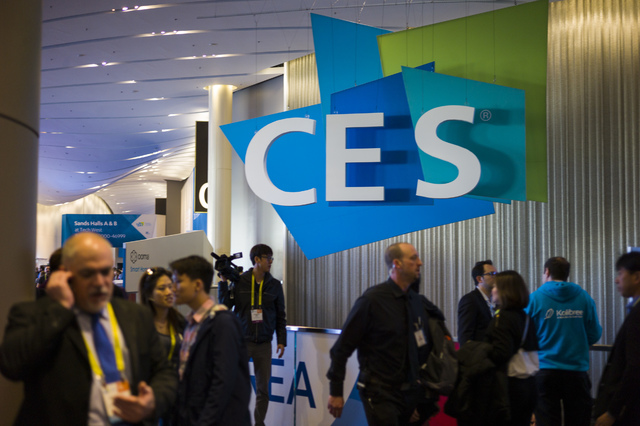
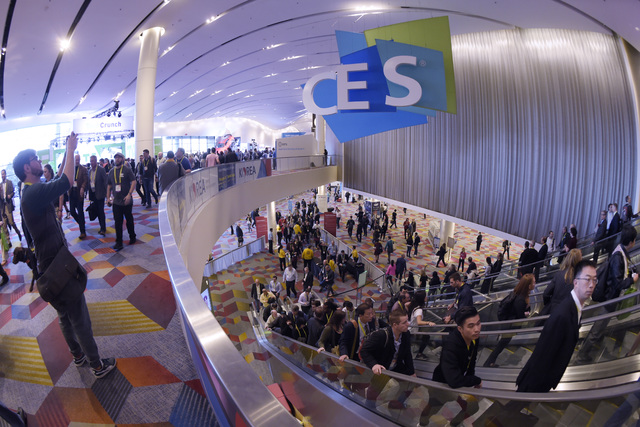
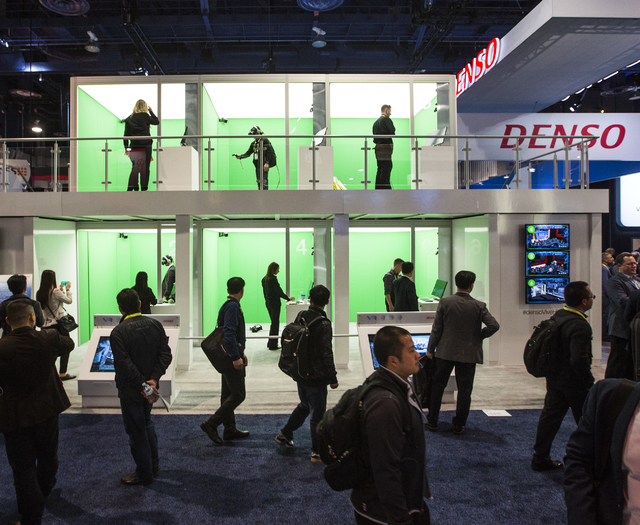


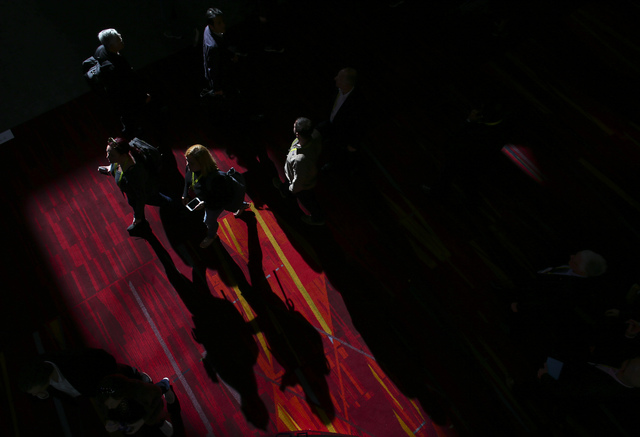
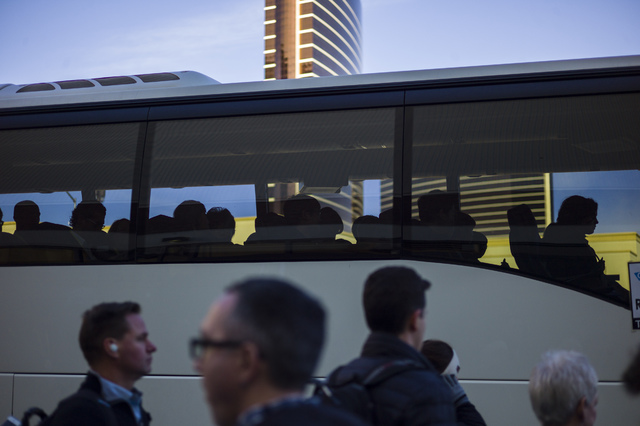


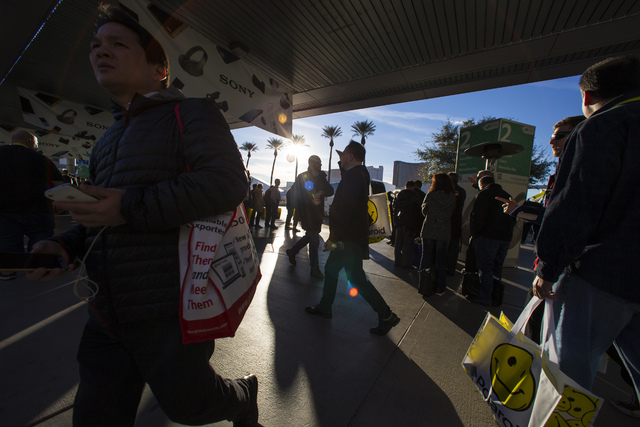
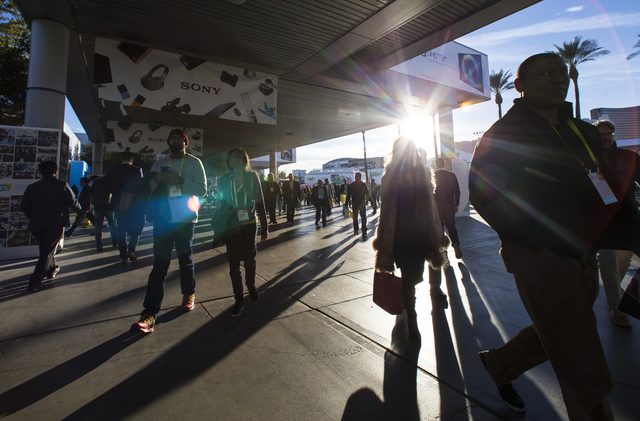
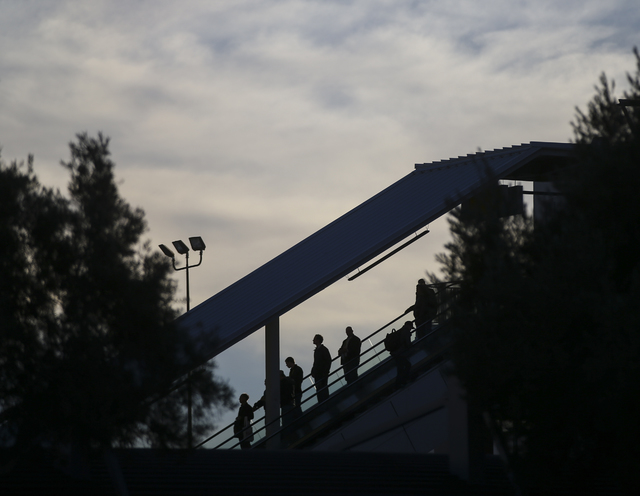

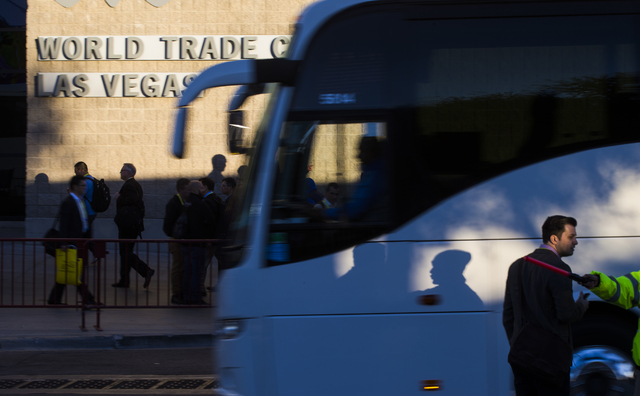
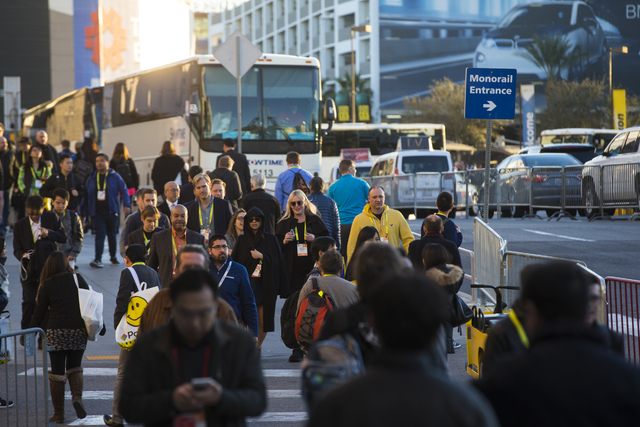
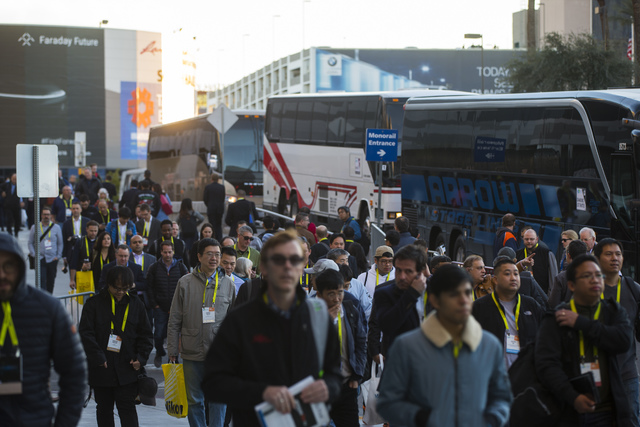

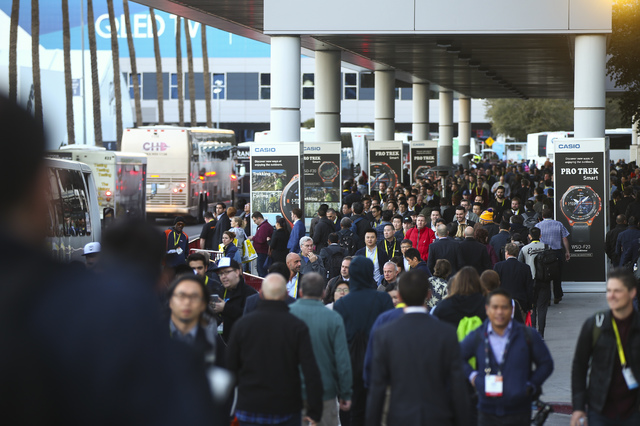
When the doors for CES close in Las Vegas on Sunday night, more than 175,000 tech industry insiders, investors and innovators will have laid eyes on mind-boggling products of the future.
Televisions that measure just one-tenth of an inch, myriad self-driving cars, a $9,000 laptop built for video games and even a smart hair brush that can tell you if your brushing routine is too rough are just of a few of the thousands of products on display this week in Las Vegas at the world’s largest annual trade show, which is celebrating its 50th year in existence.
And for nearly 40 years, Las Vegas has been the place to be to catch a glimpse of the future.
“I put Las Vegas first by every measure. It’s the best place for us in America,” said Gary Shapiro, president and CEO of the Consumer Technology Association.
From the luxury hotels of the Strip, the numerous direct international flights into and out of McCarran International Airport to the workers who scramble to help set up the thousands of exhibits and booths of CES, Shapiro has nothing but praise for Las Vegas.
“Las Vegas has done a phenomenal job with everything,” Shapiro said.
And the community has benefited from CES’ growth as well, said Chris Meyer, vice president of global business sales for the Las Vegas Convention and Visitors Authority.
For Las Vegas, those 175,000 visitors make a tangible impact on Las Vegas. Meyer said CES brings in about $154 million in tourism dollars, but the effect goes beyond just economics.
Hosting an event the size of CES has enabled Las Vegas to attract other top conventions, Meyer said, such as Conexpo-Con/Agg, a construction trade show, and the National Association of Broadcasters, both of which boast attendance numbers over 100,000.
Each convention, Meyer added, brings with it not only hotel occupancy but also sustained jobs for the thousands of workers who set up and take down the fixtures and the plethora of electronic equipment required by such events.
“That’s what it’s all about. Creating and sustaining jobs,” Meyer said.
More than 6,500 credentialed journalists from around the world showed up to poke around the convention’s 3,800 exhibit booths in search of the greatest and weirdest technology innovations debuting in Las Vegas.
“Las Vegas is the center of the world for technology this week,” Shapiro said.
Each broadcast, article or live stream brings with it additional name recognition for Las Vegas as more than just a place to party but an international business hub as well, according to UNLV economics professor Stephen Miller.
“One of the important benefits of the convention is it gets international publicity,” Miller said. “Because of all of the tech being unveiled here, it has exposed Las Vegas as an international destination.”
It began back in 1978 when still-blossoming CES decided to give Las Vegas a shot, hoping the milder winters would boost attendance.
It worked.
Both the trade show and the city boomed as the decades passed. The trade show grew to become the world’s largest, and the city adapted with additional and expanded hotels, more international flights into McCarran and even more convention space to accommodate CES and the dozens of other events that populate the city’s massive convention centers. And each one of those expansion, Shapiro said, CES pushed heavily for.
“We’ve grown together,” Shapiro said.
But as much as Shapiro loves bringing the convention to the warm familiarity of Las Vegas, the future of the trade show in Southern Nevada became cloudy for a time last year.
CES grew so much in recent times that even Las Vegas, which boasts two of the 10 largest convention spaces in the U.S., was struggling to contain it. The only answer, according to Shapiro, was expansion, something that Las Vegas’ convention centers hadn’t seen since before the Great Recession.
Shapiro and his company went to the convention authority and expressed the need for such a move so the event could continue to meet the growing demand of the tech industry.
Knowing that not expanding could cause CES to take its 2.6 million square feet of exhibit space and $154 million in economic impact elsewhere, Shapiro’s company and the convention authority began pushing the state to fund such a move.
“When your customers are telling you what they need, you better listen. Or your competitors will come in and take them,” Meyer said.
The decision to approve funding to remodel and expand the Las Vegas Convention Center, one of the main sites for CES, came down in the Nevada Legislature during a special session in October.
During the session, Shapiro joined representatives from the convention authority as they lobbied for the $1.4 billion expansion and remodel.
Had the Legislature chosen not to approve the expansion, the future of CES in Las Vegas would have been jeopardized, according to Miller.
In the end, the Legislature narrowly approved the expansion. That investment, Shapiro said, ensured that CES has no plans of moving out.
Contact Colton Lochhead at clochhead@reviewjournal.com or 702-383-4638. Follow @ColtonLochhead on Twitter.
RELATED
All the tech that’s fit: Companies create gadget-infused clothes for active users
CES Day 2: Exploring the latest high-tech gadgets — PHOTOS
At CES, some high-tech toys to capture your attention — VIDEO
The Latest at CES: When you get tired of checking your cellphone for directions
CES Day 1: Wearable technology, cars and droids — PHOTOS
Latest from CES: Companies raising the ‘wow’ factor to stand out




